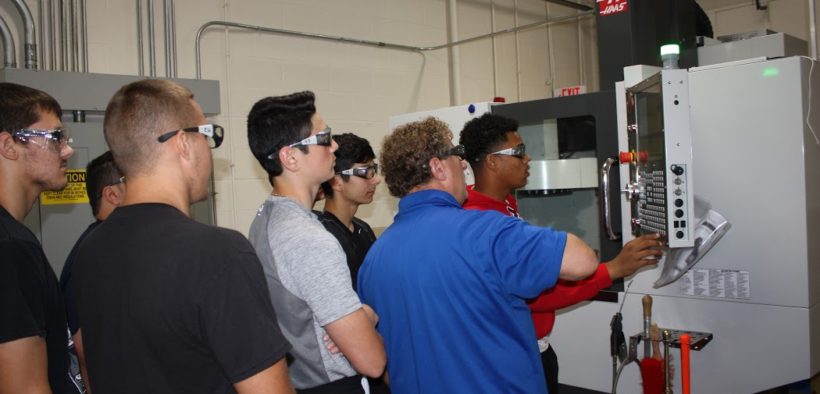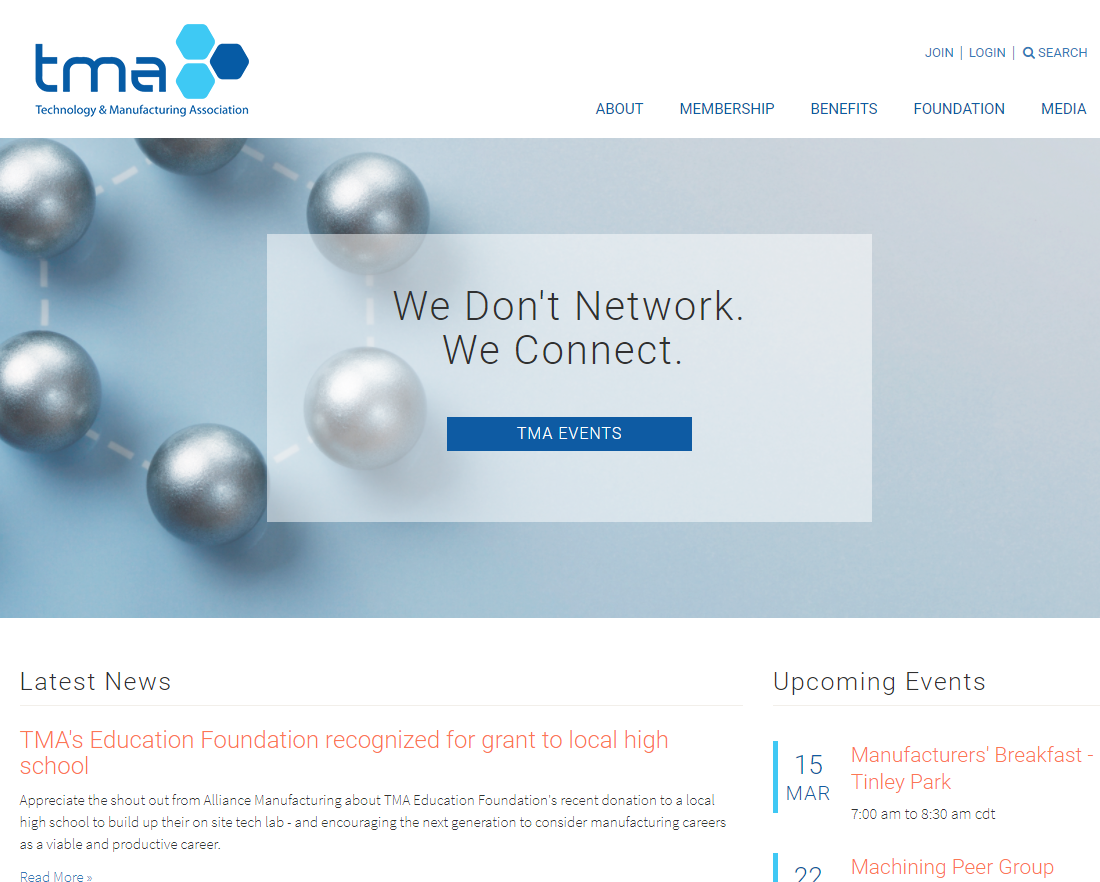How Can Companies Combat What It Takes To Develop Their Workforce?
Share

One question they asked was “How can companies combat the challenge of developing a workforce?”
Harrington: In a nutshell, companies can combat the challenge of developing a workforce by eliminating hard work, serving as responsible teachers and trainers and collaborating with educational institutions to introduce manufacturing early on and set expectations.
One thing companies can do is to work toward eliminating difficult work. The Japanese call this YK Work.
For example, this could be needing to access an area to secure a hard-to-install bolt, or a process that includes moving heavy objects repeatedly. Companies will want to look at their workforce opportunities, on account that everyone should have an equal opportunity to be successful in their position — no matter their size or strength. Implementing processes that allow anyone to be successful and comfortable in their role will help ensure a dedicated and happy workforce.
Another area in which companies can combat the challenge of developing a workforce is by being more responsible teachers and trainers. At Raymond, the company offers dojos, or areas in which employees can learn a skill before employing it on the shop floor. For example, the company offers assembly and welding dojos, to name a few, where new employees with little to no experience can learn and practice the skills Raymond expects them to attain that is not under a timeclock or fast-moving, production-type environment. These dojo experiences allow them to digest what is expected, practice and remember it — in a less demanding environment. It’s a big responsibility for manufacturers to be world-class teachers and trainers.
Lastly, companies also need to consider collaborating with local or applicable schools and educational programs as much as possible. This could include high schools, local universities and technical schools. Through these types of programs, companies can find potential candidates and help set, early on, the expectations for what the employee would get hired on to do. This collaboration and experience helps prepare them early on instead of being surprised by the work requirements once on the job.
For More, see “Manufacturing Workforce Predictions For 2018″


